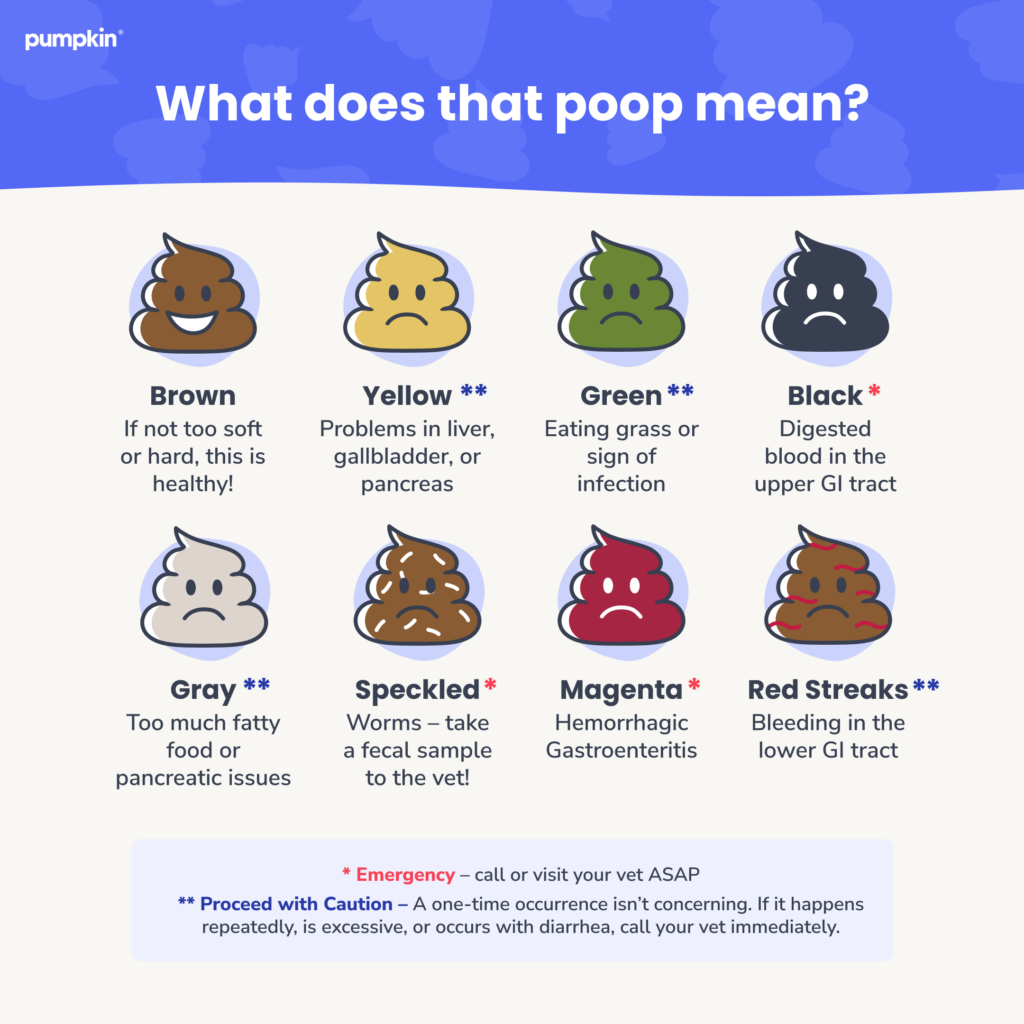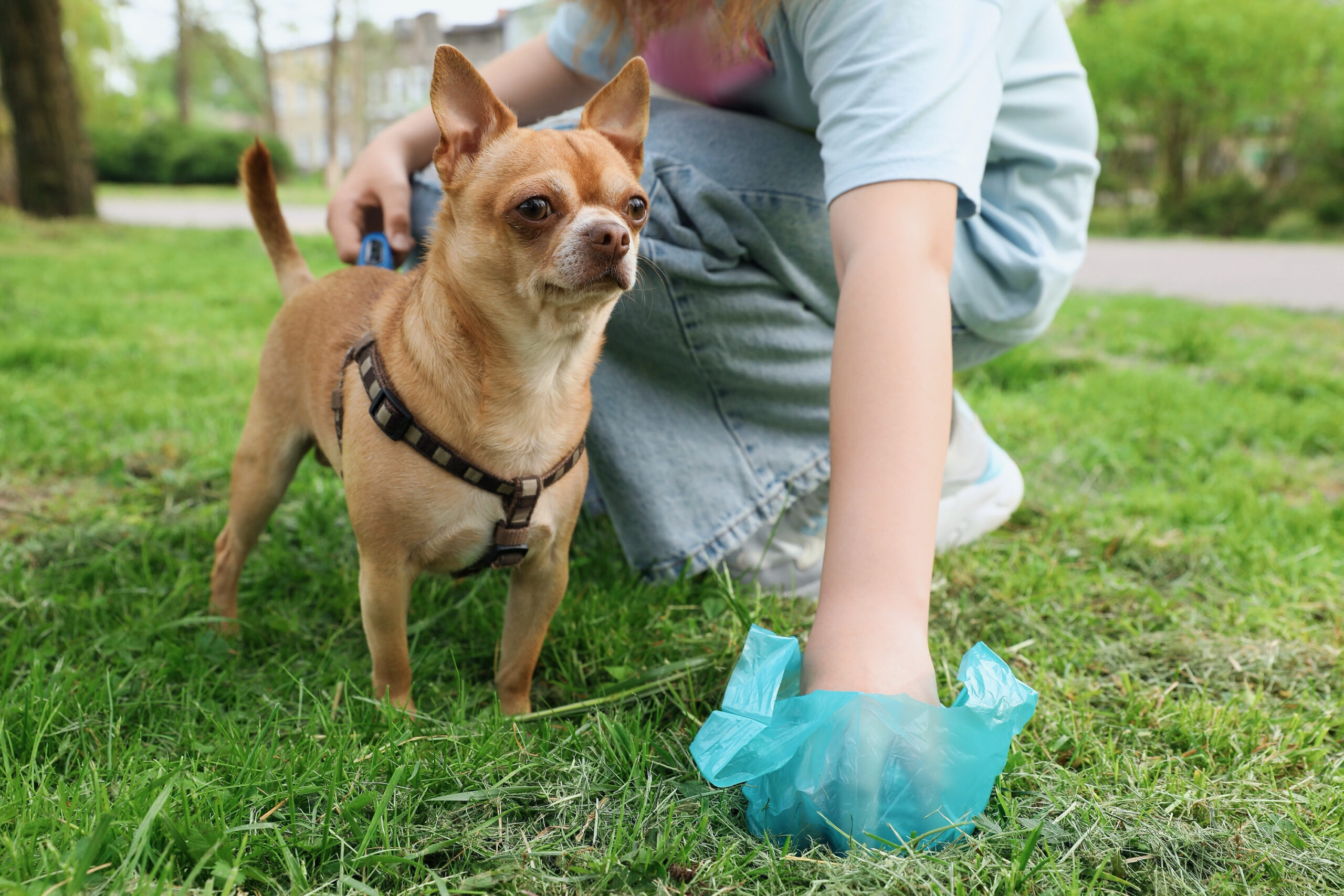- Janelle Leeson
- Aug 24, 2022
- 6 min read
Updated: Jun 26
Key Points
Dogs infected with tapeworms may have white, rice-like tapeworm segments in their poop, around their rear, or stuck to their fur.
When left untreated, tapeworms can affect a dog’s overall health by causing serious gastrointestinal issues and discomfort.
The most effective way to treat tapeworm in dogs is with praziquantel, an anti-parasitic drug, and by taking your dog to the vet for routine fecal tests.
Whether you suspect your dog has tapeworms or they’ve just been diagnosed, don’t panic — we’re providing the lowdown on this pesky parasite. Tapeworms are intestinal parasites that commonly infect puppies and adult dogs. They’re long, flat, and segmented, typically appearing like moving grains of rice or hard white specks. Tapeworms can grow up to 11 inches in length and attach themselves to the intestines of pets, causing serious gastrointestinal issues and discomfort.
Here’s how to prevent tapeworms in dogs, common symptoms, what to do if you spot worms in dog poop, and how to get your precious pooch on the road to recovery.
What are the symptoms of tapeworm infection in dogs?
Most infected dogs don’t show signs or symptoms of tapeworms, which can make this condition tricky to spot. More commonly, pet parents notice a thin rice-like speck in their dog’s poop or around their butt. They might also spot these small, dried worm segments (called proglottids) stuck to their pup’s fur.
“Tapeworms live and nourish themselves in your dog’s gut while releasing egg-filled sections from their tail end for spreading back into the environment,” says Dr. Bruce Silverman, VMD, a Chicago-based small animal veterinarian, Founder of Village West Veterinary and Co-Founder of the Critical Animal Relief Foundation. “You’ll likely notice the tapeworms at some point if they're taking up shop in your dog's intestines, even if it takes staring at a lot of poops over time.”
A dog with tapeworms might have an itchy bottom. So, you may notice your dog scooting around the floor or biting and licking their butt to try and relieve the discomfort. While these symptoms can also indicate other health concerns like needing their anal glands expressed, dogs infested with tapeworms can end up with blocked intestines if you don’t act quickly. It’s better to be safe than sorry and see your vet right away.
In more severe tapeworm infestations in dogs, symptoms can include diarrhea, vomiting, weight loss, anemia, or severe distress caused by an internal obstruction.
As with many dog health issues, changes in the color of your dog's poop can give you an early warning sign that something's wrong.

What is the cause of tapeworms in dogs?
Depending on the species of tapeworm and their intermediate host, tapeworms in dogs spread a few different ways. An intermediate host is an organism that supports parasites throughout their life cycle, allowing them to reproduce. Types of tapeworms all belong to the cestode family of worms, which include taenia, echinococcus, mesocestoides, and Dipylidium caninum.
“The most common tapeworm we need to consider isDipylidium caninum, spread by fleas,” Dr. Silverman explains. Dogs need to ingest the flea-carrying tapeworm larvae to become infested with tapeworms. While unappealing, tapeworm infections aren’t caused by dogs eating poop.
“Another category of tapeworms we might encounter is theTaenia genus, spread by rabbits and sheep. Unless your dog is chasing and eating rabbits or sheep, you likely don’t need to worry about these,” Dr. Silverman notes. He adds that home-cooked and raw diets are not the same as your pup chasing and eating a wild rabbit. When it comes to your dog’s nutrition, your vet is the best source of information.
Typically, tapeworm infestations occur when dogs:
Eat fleas infected with tapeworm larvae
Eat raw or undercooked infected animals
The tapeworm lifecycle only begins after a dog ingests an intermediate host such as a flea. Once a dog consumes and digests the host, the tapeworm larvae are released into their small intestine. Eventually, they mature into adults and use their hook-like mouth parts to attach themselves to your dog’s intestinal wall. Dogs may inadvertently ingest a tapeworm-infected flea, most likely during routine grooming or to soothe a flea bite.
What to do when you find worms in dog poop
There's never a good reason to find worms in your dog's poop. Besides being total nightmare fuel, they're also a serious hazard to your dog's health. As soon as you spot worms in your pup's feces, take them to see their veterinarian right away.
Unfortunately, tapeworms are just one of the parasites that you might find in your dog's poop. Roundworms and hookworms can also appear in feces, and your veterinarian can help you make a proper diagnosis. For instance, if you've spotted long, spaghetti-like worms writhing around in your puppy or dog's poop, you may be dealing with roundworms, not tapeworms.
How do vets diagnose tapeworms in dogs?
Your veterinarian will observe the white tapeworm pieces found wiggling in your pup’s poop or around their rear. Since they’re passed intermittently, pet parents should monitor their pup’s bowel movements to detect early signs of tapeworm in dogs. If you do find tapeworms, bring a stool sample to your vet for a proper diagnosis. Dogs rarely vomit adult tapeworms, unless the tapeworms have migrated to their stomach.
What to expect at the vet’s office
Your vet will instruct you to obtain a stool sample from your dog and bring it into the office so they can examine it under a microscope. If tapeworm eggs are found, your pup will be diagnosed with tapeworms and prescribed deworming medication, as well as a wellness and recovery plan. Tell your veterinarian about any medications or supplements your pup takes so they can make the best treatment decision, reducing the risk of drug interactions and reinfection.
What is the best way to get rid of tapeworms in dogs?
The most effective way to treat tapeworm in dogs is with praziquantel, an anti-parasitic drug. Available in both oral and injectable forms, praziquantel causes adult tapeworms to detach from your dog's intestinal lining. As a result, they pass through your pup's gut, dissolve, and are excreted as stool. Therefore, you won’t see tapeworms in your dog’s feces during treatment.
Praziquantel is available by prescription and over the counter. However, it’s important to speak with your veterinarian to discuss proper treatment options and a safe dosage amount before administering the medication.
Other treatment options for tapeworm in dogs include chewable and tablet forms of medication that can be sprinkled on food. Some combination parasite medications treat tapeworms, hookworms, roundworms, and whipworms all at once!
To ensure tapeworms are completely removed from your pup’s body, administer the medication to completion and as directed. “Tapeworm treatments might be effective after administering simply one dose, but dosing again a couple of weeks later is sometimes needed,” Dr. Silverman says.
Recovery and care following tapeworm treatment

Your veterinarian will likely run a follow-up fecal test to ensure the deworming medication effectively removed the tapeworms. “Some tapeworms may be heartier than others and require further treatment, but that's pretty uncommon,” Dr. Silverman explains.
Dogs may experience diarrhea after deworming, as the deworming medication paralyzes the tapeworms.
According to Dr. Silverman, it’s generally safe to allow a dog being treated to interact with other pups and pets. “But keep in mind that other dogs sharing the same environment might have been exposed to those same fleas that caused the problem in the first place,” he adds.
Humans in the same household are also at risk of exposure to infected fleas. As in dogs, humans need to consume an infected flea or animal to become infected with tapeworms. “Human cases seem to occur more in infants and children, perhaps because they spend more time nearer to the ground or swaddled in blankets shared by fleas,” Dr. Silverman explains.
How can I prevent my dog from getting tapeworms?
The good news is that preventing tapeworms can be as simple as staying up to date on routine preventive care like flea control and fecal testing. “Some routine preventatives administered to dogs for heartworms, fleas, ticks, and other parasites also have a tapeworm preventative included in them,” Dr. Silverman says.
Your vet should test your dog’s fecal sample twice a year for intestinal parasites. When parasites are found or if your dog is not on preventative medicine, your veterinarian can recommend safe and effective flea and tick control. Topical and oral options are available over the counter or by prescription.
Flea control involves the regular use of flea prevention products for both your pup and their surroundings. This includes cleaning up your dog’s feces to decrease the chance of prolonging the tapeworm life cycle.
If you have small children at home, make sure they wash their hands thoroughly before interacting with your pup. They should avoid walking barefoot outside or playing in a potentially contaminated environment.
Dr. Silverman notes that pups in rural settings are at a higher risk for contracting tapeworms. If your dog spends a lot of time outdoors, either in your backyard, in parks, or in other public areas, it’s a good idea to prevent them from hunting rodents and rabbits that may carry intestinal parasites.
The bottom line
Tapeworms are bothersome yet common parasites that attach to a dog’s intestine with their hook-like mouths. While easily treatable, tapeworms can lead to severe problems if left untreated — especially in young, old, or immunocompromised dogs. Thankfully, tapeworms are preventable with proper routine care. The prognosis is good with early detection.
Pumpkin Dog Insurance plans cover up to 90% of eligible vet bills, making it easier for you to say ‘yes’ to the best care possible if accidents and illnesses arise. Fetch a quote today!

